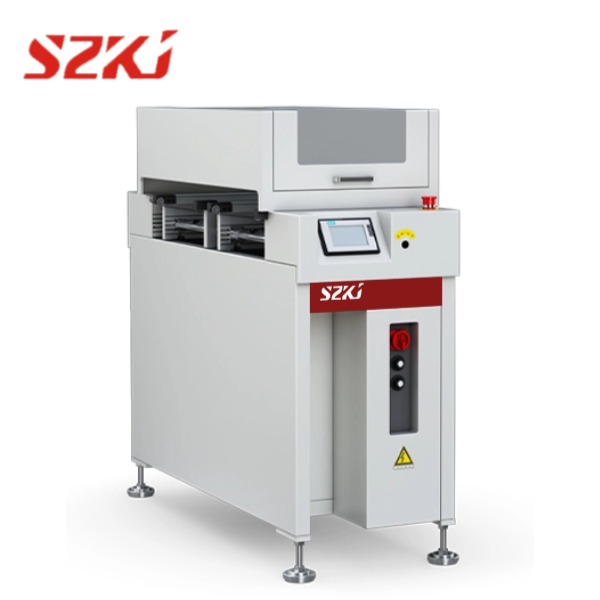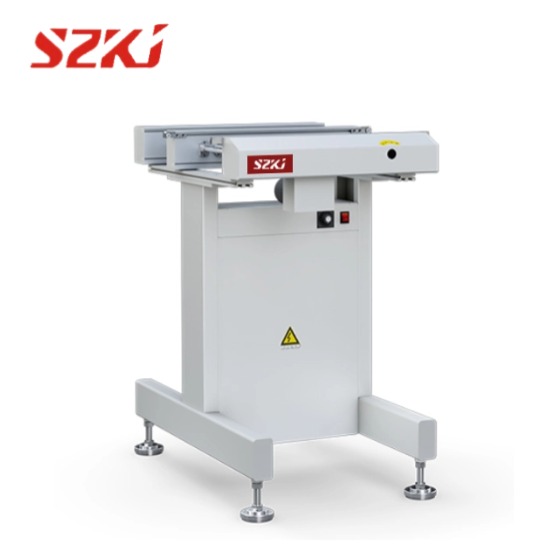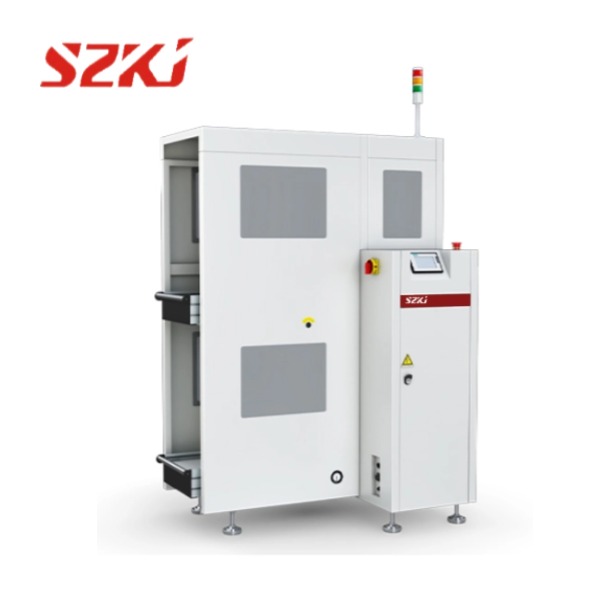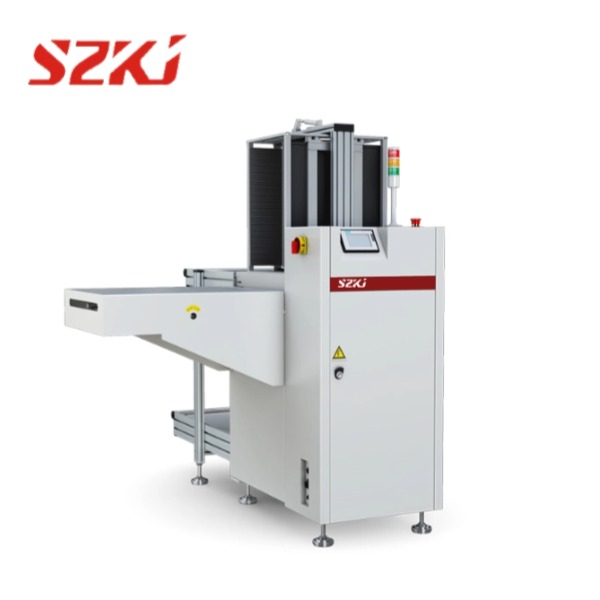Table of Contents
ToggleWhen it comes to printed circuit board (PCB) assembly, three key terms often come up: SMD and THT. These terms describe different methods of attaching electronic components to PCBs. Understanding the differences between SMD and THT and how they compare to THT is essential for manufacturers, engineers, and anyone involved in electronics production. In this guide, we’ll explain each term, the differences between them, and when each method is used.
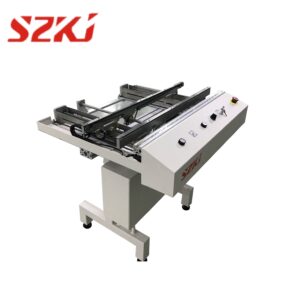
What Is SMD (Surface Mount Device)?
SMD (Surface Mount Device) refers to a type of electronic component designed to be mounted directly onto the surface of a PCB. Unlike traditional components with leads that go through holes in the PCB, SMDs are flat and have leads or terminals on the sides, which allow them to be soldered directly to the surface of the PCB. This design allows for a more compact and efficient PCB layout, reducing space and increasing the density of components on the board.
SMD components come in various shapes and sizes, from small resistors and capacitors to complex integrated circuits (ICs) and connectors. The primary advantages of SMD components are their small size, low weight, and compatibility with automated assembly processes, making them ideal for modern, high-density electronic devices like smartphones, computers, and consumer electronics.
What Is SMT (Surface Mount Technology)?
SMT (Surface Mount Technology) is the process used to mount SMD (Surface Mount Devices) onto a PCB. SMT has largely replaced traditional through-hole technology (THT) because of its speed, cost-effectiveness, and ability to handle more compact designs. The SMT process involves several key steps:
Solder Paste Application: Solder paste is applied to the areas of the PCB where components will be placed. This paste is a mixture of fine solder particles and flux that helps the solder to flow and bond with the PCB during the later stages of assembly.
Component Placement: After the paste is applied, a pick-and-place machine automatically places the SMD components onto the PCB. These machines use high-speed robotics and vision systems to ensure precise placement.
Reflow Soldering: The PCB then enters a reflow oven, where the solder paste is heated until it melts, creating strong electrical connections between the SMD components and the PCB.
Inspection and Testing: After soldering, the PCB undergoes optical inspection and functional testing to ensure that all components are placed correctly and that the electrical connections are reliable.
SMT is known for its high speed, precision, and cost-efficiency, making it ideal for mass production of compact electronic devices.
What Is THT (Through-Hole Technology)?
THT (Through-Hole Technology) is an older method of mounting electronic components onto a PCB. In THT, components have leads or pins that are inserted through holes drilled in the PCB. After insertion, the leads are soldered to the opposite side of the board. This method is particularly useful for components that require mechanical strength or are subject to high stresses, such as connectors, large capacitors, and power components.
THT assembly typically involves manual labor or semi-automated processes, and it is slower and more expensive than SMT. However, THT provides stronger physical connections, which is why it is still preferred in certain applications, such as in automotive electronics, military, and aerospace sectors where reliability and durability are paramount.
SMT vs THT
When comparing SMT and THT, there are several key differences:
Size and Density: SMT and SMD components are much smaller and lighter than THT components. This allows for higher component density on the PCB, which is ideal for compact devices. SMT also enables both sides of the PCB to be used for component placement, increasing design flexibility.
Automation: SMT is highly automated, making it faster and more cost-effective for high-volume production. In contrast, THT assembly requires more manual labor and is typically slower and more expensive due to the additional step of drilling holes and soldering leads.
Mechanical Strength: THT provides stronger mechanical connections, making it suitable for components that need to endure physical stress or harsh conditions. While SMD components are more compact and lighter, they may not provide the same mechanical strength.
Cost: SMT is generally cheaper and more suitable for large-scale production due to the automation involved. THT is more expensive and is often used in low-volume or specialized applications where mechanical strength and durability are crucial.
SMD vs THT Components
SMD and THT components differ in their design and application. SMD components are compact, lightweight, and ideal for high-density PCBs in modern electronics, such as smartphones, tablets, and wearable devices. They are designed to be mounted directly onto the surface of the PCB, allowing for a more efficient use of space.
On the other hand, THT components are typically larger and more robust. They are designed with leads that pass through the PCB, providing stronger connections. These components are commonly found in applications requiring more durability, such as automotive systems, power supplies, and military-grade equipment.
While SMD components are preferred for their small size and ease of automation, THT components are still widely used in industries where component strength and reliability are critical.
Conclusion
In conclusion, THT and SMD represent two distinct approaches to PCB assembly, each with its advantages and disadvantages. SMD (Surface Mount Device) components are smaller, lighter, and more suited to high-density applications, while THT (Through-Hole Technology) provides stronger mechanical connections and is still preferred in applications requiring more durability and strength.
SMT (Surface Mount Technology) is the process that allows SMD components to be mounted onto PCBs efficiently and at high speeds, making it the method of choice for modern, mass-produced electronics. On the other hand, THT remains relevant for specific applications where the mechanical strength of the component’s connections is essential.

